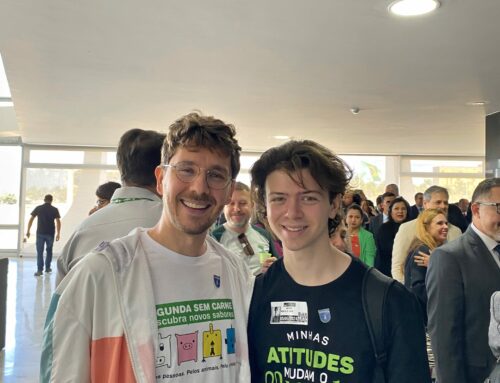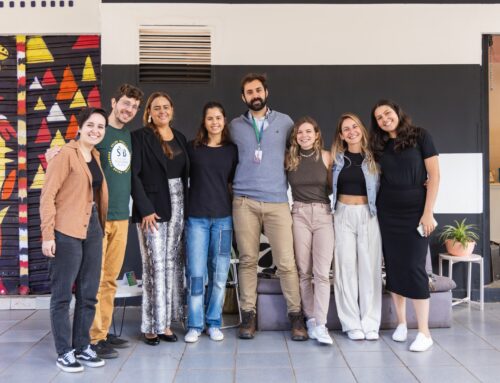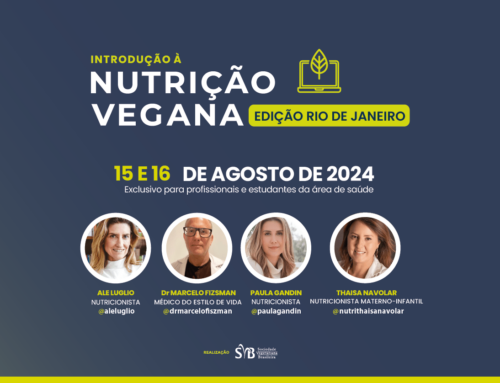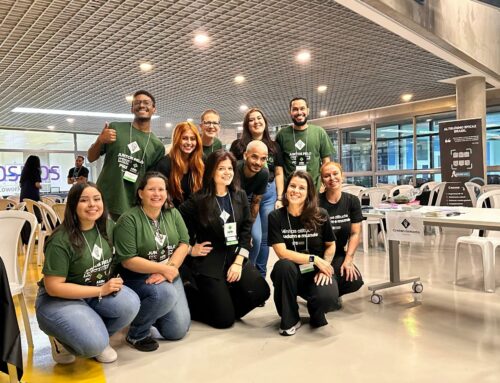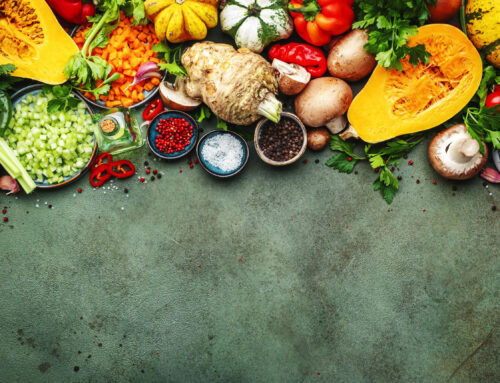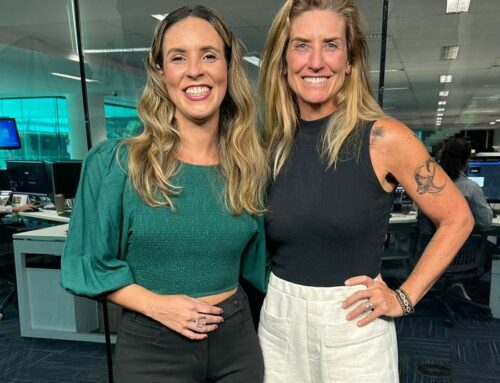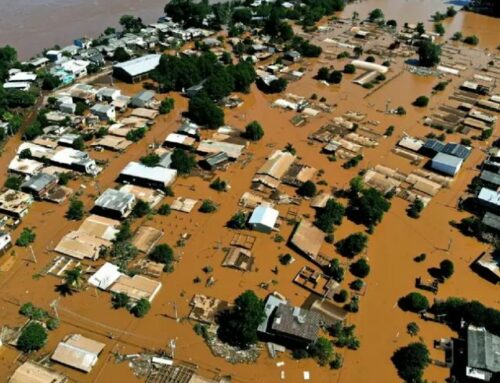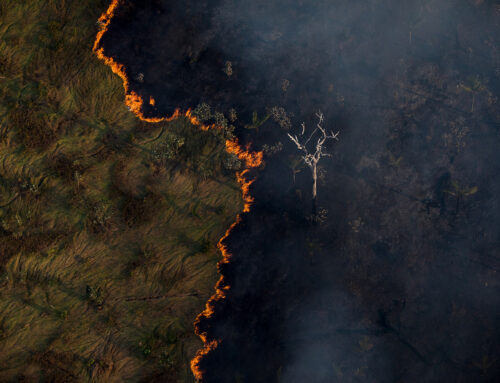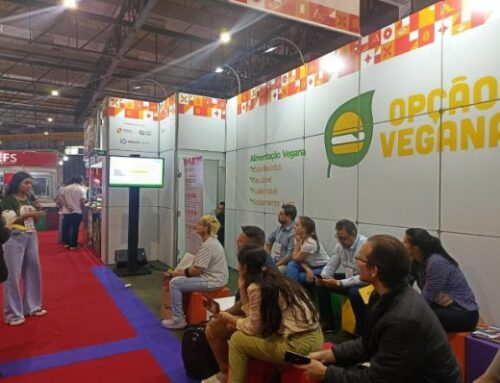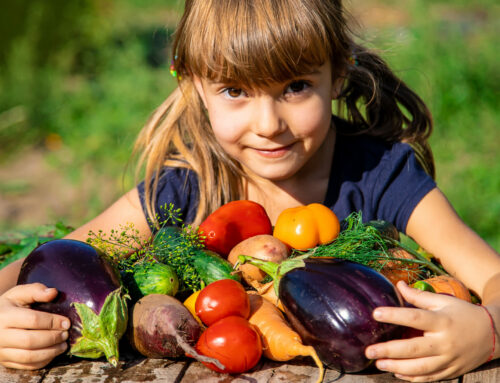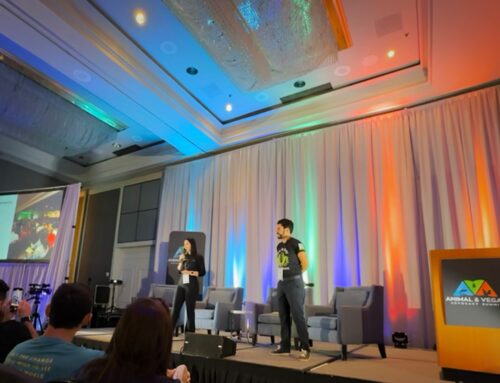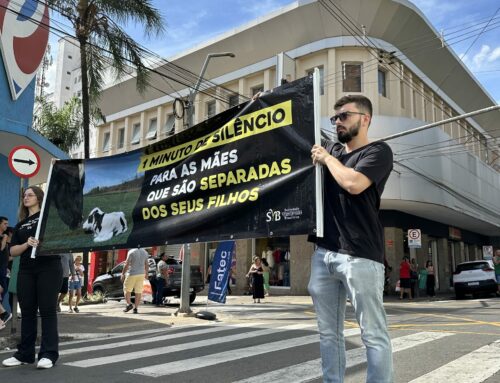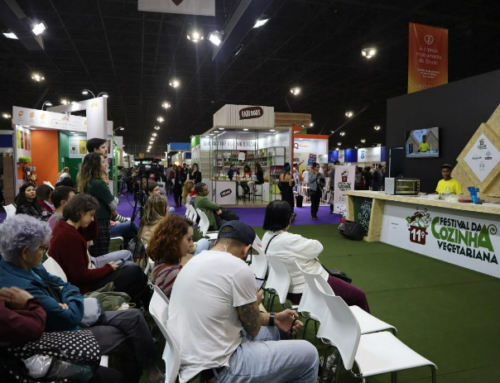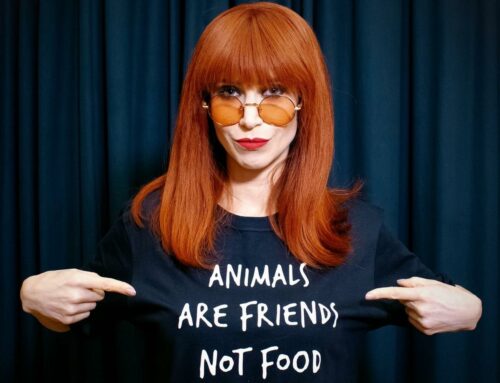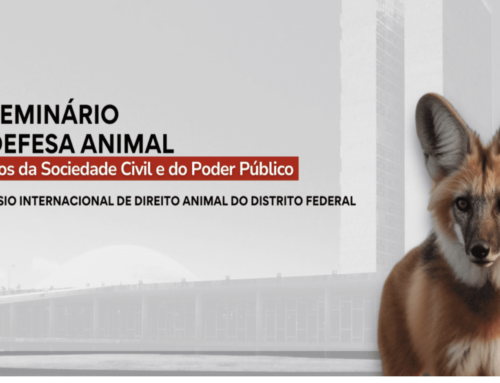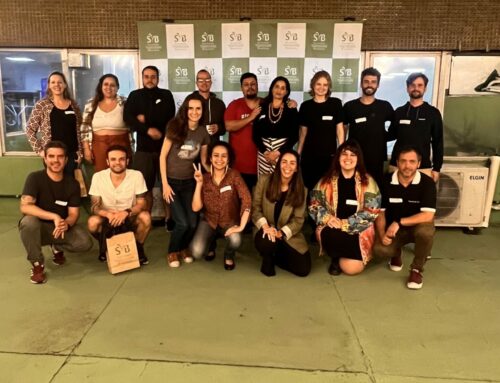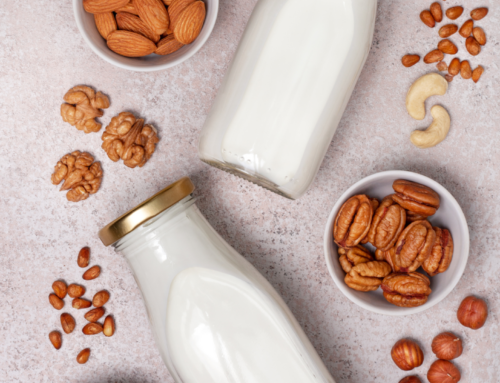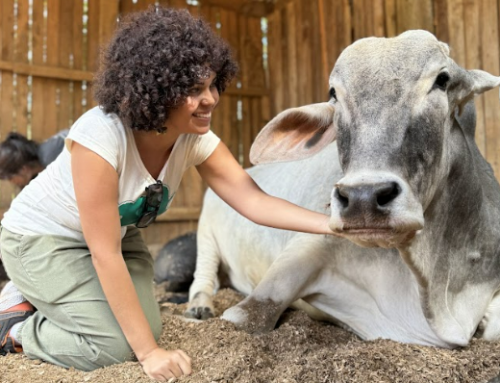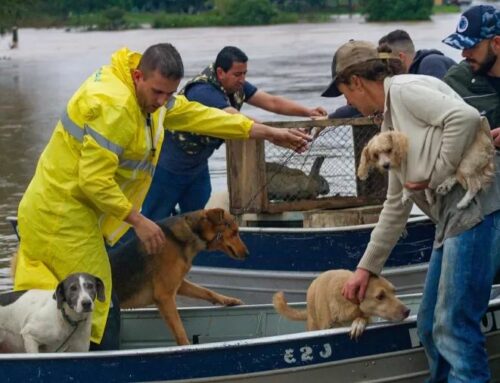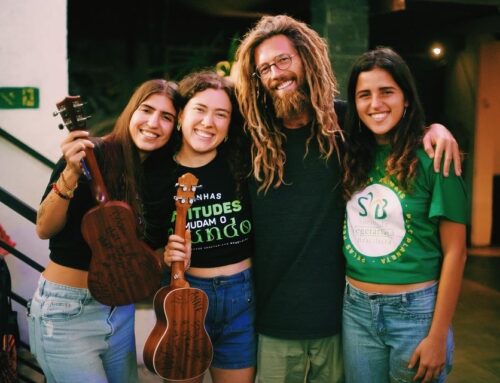Notícias
22/09/2022
COP15 mirrors the state of the art of vegetarianism in the world
Compartilhe
In the preceding week of COP15 Paul McCartney and Rajendra Pachauri had a hearing at the European Parliament about LESS MEAT = LESS HEAT in a tentative to call the attention of world leaders to the connection between meat consumption and global warming. In this occasion also a letter was written to the mayors and leaders of the world inviting them to support Meatless Monday campaigns, like the ones taking place in Belgium, US, UK and Brazil. Their voices, however, were not listening in the cold Copenhagen.
The Brazilian delegation was the biggest with 700 delegates, worried in selling biodiesel: they claim the right to grow and affirm that environment is an “impediment for the sustainable development”. Anyway, some Indians from the heart of the forest – Acre – were also there to defend it from the uncontrolled destruction in course.
80% of the destruction of the Amazon Forest is due to livestock production and soy plantation (to feed animals). ¾ of Brazilian emissions of CO2 comes from livestock. Brazil has the major commercial herd of the world and is the major seller of meat to abroad. With China divides the position of biggest seller of tanned leather. In spite of the serious environment and other problems generated by this model of production, Brazilian government plan to double its participation in the global commerce of meat till 2018 and wants also – as declared in Copenhagen – to triplicate the production of soy.
|
Vegetarian groups at Klimaforum09 The “Peoples´ Summit”, as Klimaforum09 was known, happened at the same time of COP15, at DGI-Byen, an enormous conference complex in downtown of Copenhagen, at 50 meters from the main train station, from 7 to 18 December, guttering activists and representatives of organizations all over the world. The event was a counterpart of civil society to the UN official conference. |
Worldwide, meat production is responsible for no less than 18% of total greenhouse gas emissions. Emissions through meat production and associated land-use changes are one of the most important causes of climate change. The livestock sector is a major player, responsible for 18 percent of greenhouse gas emissions measured in CO2 equivalent. This is a higher share than transport sector, which is responsible for 13% of emissions.1
Livestock is the primary factor responsible for deforestation and desertification.2 High meat intake not only has negative effects on the climate and biodiversity, it is also harmful for our health because it increases the risk of cardio-vascular disease, obesity, diabetes and other diseases of affluence. Hence, it is very important to limit our meat consumption.3
The Amazon rainforest has the greatest diversity of the Planet – more than ¼ of all alive animal and vegetable species are in only 5% of Earth surface. “If one walk from Alaska to Canada for 5,000 km, will found the same type of forest and a reduced number of species; at Amazon it suffice to walk some kilometers for everything to change”.4
The population of Amazon is 21 million inhabitants. 150 Indian Nations live there (out of the 180 that exist all over Brazil now). 50 groups are still isolated. All kind of relationship occur when there is contact but most of the times it means hunger, misery, illness, violence, loss of cultural identity, forced migration etc.
|
Marina Silva declares that not necessarily one need to reduce meat consumption Soon after her presentation in the panel Copenhagen and beyond: delivering a meaningful deal on climate change – the Global Green perspective, at Klimaforum09, in Copenhagen, I asked the senator Marina Silva which is her position in connection to meat consumption since 80% of rainforest destruction is due to livestock and soy to feed animals and being this the factor responsible for ¾ of the Brazilian emissions? |
Continental Amazon comprehends 50% of South America and 9 countries: Bolivia, Columbia, Ecuador, Guiana, French Guiana, Peru, Suriname, Venezuela and Brazil. Biologic Amazon corresponds to 49% of Brazilian territory. Legal Amazon corresponds to 60% of Brazilian territory.
Main menaces
- Livestock and soy monoculture
- Predatory exploitation of timber
- Public and governmental policies
The last big natural area is being eaten – in a combination of meat and soy
- 12% was devastated in the last 50 years (some 800km2 – corresponding to all South region and SP State).
- Until 1970 less than 2% had been cleared.
- 30 year later 20% is cleared and the population triplicated.
- There are 75 million cows in the Amazon region (in Brazil it is 200-210 million)
Main implication
- Fire (the best timber are used and the rest is fired)
- Territory conflicts (Indians and traditional people)
- Loss of biodiversity
- Climate change
Bovine rearing is the dominant use in deforested areas, representing 77% of the area converted in economic use.5
Emissions in Brazil
- Federal government has an inventory produced in 1994 according to ONU patterns (not up-to-date). Sao Paulo has a recent diagnose (2005). SP produces 14 thousand ton of garbage/day. 15 million of ton of CO2.
- São Paulo and Rio emit relatively little gases.
– São Paulo – 1,47 per capita*
– Rio – 2,02 per capita
– London, New York, Tokyo, Copenhagen etc. emits 4, 5, 6 times more
- Total of emissions in Brazil is about 8.2% per capita
- Emissions of more urbanized countries are concentrated in urban centers – not in Brazil
* In ton of CO2/year
Why?
Due to the emissions in Amazon
Burning of the Amazon rainforest has made Brazil one of the world’s top 10 polluters. A large majority of Brazil’s greenhouse gas emissions, which contribute to global warming, come from smoke linked to deforestation of the Amazon, and not fossil fuels which are the main culprit in most countries.
- 1/3 of emissions in Brazil comes from livestock and 1/3 from deforestation
- 4/5 of emission of agriculture come from livestock (Lancet)
- According to FAO global meat production is projected to more than double from 229 million tones in 1999/2001 to 465 million ton in 2050, while milk output is set to climb from 580 to 1043 million ton.
- Brazilian bovine herd is now 210 million – more than his population (193 million).
- Brazilian exportations of bovine meat grew 413.6% between 1999 and 2007, according to Organização Mundial do Comércio (OMC).
Brazil reflects the world situation – cattle use 40% of world arable land. In Brazil cattle use 200 million hectares and agriculture 80 million. Cattle will grow to 300 million hectares and 400 million heads in 25/30 years if we do not do anything – and this will be the end of Amazon and Cerrado.
- In December 2008, Brazilian government launched his Plano Nacional sobre Mudanças Climáticas (PNMC) – National Plan on Climate Change
- Aim is to mitigate emissions of greenhouse gases in 36,1% to 38,9% until 2020
- To achieve this it would be necessary to have a sustainable project for Amazon that includes the problem of bovine and soy production in Amazon.
|
There is something rotten in the kingdom of Denmark Denmark is the country with the highest level of equality in the distribution of wealth, considered by some the most happy country in the world, based in indicators of health, social assistance and education. But only if it is for their 5 million people, because for the 25 million pigs reared and slaughtered in appalling conditions every year this is not true. |
According to the FAO, the livestock sector is in the top three causes of any major environmental problem, including land degradation, climate change and air pollution, water shortage and water pollution and loss of biodiversity.6 Eating less meat (and other animal products) is not only healthy for our planet, but also for our body. A WHO study has shown that a decrease in saturated fat by just one percent would result in about 13.000 less deaths of cardiovascular disease in Europe per year.7 And last week, a new study in the Lancet pointed out that a reduction of livestock production with 30% might decrease the number of premature deaths by heart disease by 17%.8
How to ignore such striking numbers? How is that government intend to accomplish their contradictory aims of mitigating in 40% the emissions, double meat and triplicate soy production according to his declaration in Copenhagen?
___________
1 Steinfeld, H. Gerber, P. Wassenaar, T. Castel, W. Rosales, M. de Haan, C. Food e Organizações de Agricultura das Nações Unidas, novembro 2006. Livestock’s long shadow: Environmental issues and options. Resumo e relatório completo disponíveis em http://www.virtualcentre.org/en/library/key_pub/longshad/A0701E00.htm
2 New Scientist, 6 de maio de 1989, citado em Our Food Our World: The Realities of an Animal-Based Diet, Santa Cruz, CA: EarthSave Foundation, 1992, p.7.
3 Dr Rajendra Pachauri presidente do IPCC
4 Norman Myers, cientista ambiental britânico
5 IMAZON (Instituto do Homem e Meio Ambiente da Amazônia)
6 H. Steinfeld et al, Livestock’s Long Shadow, FAO, 2006.
7 Ffion Lloyd-Williams, Martin O’Flaherty, Modi Mwatsama, Christopher Birt, Robin Ireland,& Simon Capewella, Estimating the cardiovascular mortality burden attributable to the European Common Agricultural Policy on dietary saturated fats, Bulletin of the World Health Organization | July 2008, 86 (7)
8 Dr Sharon Friel et al, Public health benefits of strategies to reduce greenhouse-gas emissions: food and agriculture, The Lancet, Early Online Publication, November 2009.
|
|
|
|
|
|









